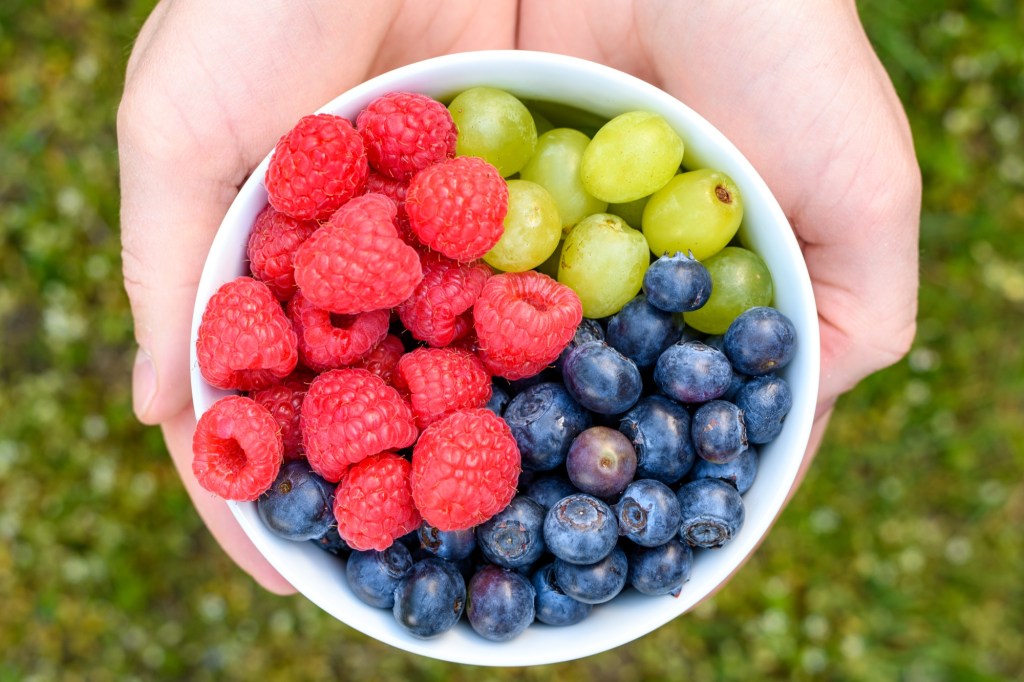In Nicaragua, turtle eggs are eaten nearly raw.
They’re plunged in boiling water with garlic and onions for 30 seconds and served over a salad of cabbage, carrots, and a bit of boiled yucca. The eggs feel like miniature water balloons but with a bit more resistance. The shells are soft; they look like ping pong balls.
Videos by VICE
To eat them, you peel off a bit of the shell on the top, sprinkle in a bit of salt and lime and squeeze the sac into your mouth. I try the delicacy with reluctance. It’s slimy and bearable until the strong, musty aftertaste hits. I gag, cover my lips to stop myself from throwing up, and stuff a handful of yucca in my mouth to get rid of the taste.
I’m told that turtle eggs are an aphrodisiac, and that some people like to chase them with a shot of rum. They’re also commonly consumed in soup, topped with a bit of milk and cooked with onions, peppers, cilantro, garlic, and salt.
They’re like oyster shooters—but not as tasty and extremely environmentally irresponsible. Nearly all species of sea turtle are endangered. Climate change has had a forceful impact on nesting sites but human poaching has been one of the most significant factors for their endangerment.
I’m at the restaurant El Silencio in Leon, Nicaragua, where owner Johanna Araoz speaks to me openly about her business, which she’s had for nearly 20 years. A platter of six turtle eggs goes for 170 cordobas (nearly $6). She tells me that she buys four dozen a week, and that in the last four years prices have shot up significantly due to conservation efforts. The eggs are almost always sold out.

“It’s getting more expensive to buy turtle eggs,” she says. Today, she gets a dozen for 140 cordobas ($5). But just four years ago, it was 44 cordobas a season ($2).
Sea turtle eggs have long been a part of Nicaragua’s culinary history. They were an important food source for pre-Columbian settlements in the coastal area; during the Contra War, when food was scarce, consumption increased nationwide.
They’re also deeply illegal, as the eggs have been banned in Nicaragua as a food source since 2005. Unfortunately, there just isn’t that much regulation.
The city of Leon is close to the Pacific Coast, where thousands of sea turtles go to nest each year. Hatching happens year-round, but peak season begins in September through February.
The eggs are especially vulnerable in Nicaragua. The Central American country has some of the longest, most isolated stretches of beaches on the Pacific Coast. The underdeveloped beaches are critical sea turtle habitats, but they also make the eggs extremely susceptible to poaching.
“Any beach in Nicaragua that doesn’t have a ranger on it, those eggs are harvested,” says Sarah Otterstrom, executive director of Paso Pacifico, a preservation group working on ecosystems in Central America. “People and fishermen go out at night and walk the beaches all night. Each nest has 100 eggs. We’re talking millions of turtle eggs each year that are taken.”

Back at the restaurant, I bring up the topic of protection to Araoz. “It’s legal. Collectors only take some of the eggs and they don’t do it every month,” she says.
“That used to be true, before 2005,” Otterstrom clarifies. “The government designated 10 percent of whatever eggs were nested to the community. I was a witness to the complete mismanagement of that system. Ten percent was an arbitrary number. [Having] the power to distribute the eggs gave the government a tremendous amount of power over the community and it set up a violent relationship.”
In 2004, a campaign was launched against sea turtle harvesting in Nicaragua, which generated a media firestorm. In response, in 2005, the Ministry of the Environment and Natural Resources issued a ruling in which it prohibited all hunting, fishing, capture, consumption and use of marine turtles of all species in the entire national territory of Nicaragua.
Araoz stresses that she only sells Olive Ridley turtle eggs, not the critically endangered Hawksbill or the Leatherback. She seems earnest in her rebuttal.
But Olive Ridley turtles, the smallest and most abundant of the sea turtles, are threatened as well. They’re listed as vulnerable by the International Union for Conservation of Nature.
“It’s also really difficult to distinguish one species of eggs from another,” Otterstrom adds. “It’s really not easy to tell.”

Despite the ban, turtle eggs are still sold prolifically throughout the country. They’re found everywhere from roadside stands to restaurants to marketplaces.
“The difficult thing is that sea turtle eggs could be sustainably harvested,” Otterstrom says. “But the problem is that it would require really tight regulation of the trade and that’s not really feasible in Nicaragua.”
From a culinary standpoint, I’m not quite sure why this is a beloved dish. Locals tell me that the eggs are a prized sexual booster and usually loved by men. Common folklore also dictates that they’re great for children because they contains a healthy heaping of vitamins.
But one turtle egg in and I feel sick.
I ask to wrap up the meal; I take it home and throw it away.
“Eating turtle egg is tradition,” Araoz’s words echo in my head. “It’s controversial, but culture is first.”
My stomach begins to feel weird and I grimace at the nasty aftertaste, slightly metallic, that still lingers on the back of my tongue. I read online that raw turtle eggs can pose health threats because of salmonella.
It’s not worth it, I conclude. Not for the species as a whole, not for personal health, and definitely not as a delicacy.
More
From VICE
-

Screenshot: Playstack -

Salvatore Allegra/Anadolu/Getty Images -

Edward Berthelot/GC Images -

Pawel Kacperek / Getty Images